Steph W. from SEOPressor


...help you check your website and tell you exactly how to rank higher?


78
score %
SEO Score

Found us from search engine?
We rank high, you can too.
SEOPressor helps you to optimize your on-page SEO for higher & improved search ranking.
By winniewong on September 21, 2015

If you plan on creating a website or blog for your business, then the very first thing you need to do is to get yourself familiarize with all the SEO Glossary or SEO terms (Search Engine Optimization) below.
SEO deals with the process of optimizing your website and blog in a way that will help you attract more traffic, create more brand awareness, capture more leads and, eventually, make more sales.
Therefore, you have to start by looking into all these essential terms one by one so that you will have a better grasp and understanding of what SEO is all about and what all it entails:

Source: Criticone
This is also known as a permanent redirect. You can use a 301 redirect to direct your visitor to the new page or site that you’ve moved permanently. This is to tell Google or other search engines that your original page is no longer valid and in use and would like them to de-index it so that they can pass all the link juice to your newly redirected page or site. A 301 redirect is extremely useful when you want ensure that anyone that has bookmarked your old web address will automatically be directed to the new one.
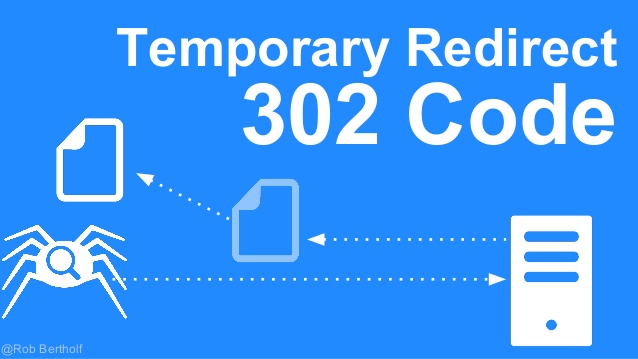
Source: Rob Bertholf
Don’t mistaken this with the 301 redirect. Basically a 302 redirect is a temporary redirect. In other words, if your content is temporarily moved to a new page or site, you can use a 302 redirect to tell the search engines to redirect your visitors to this new location. This is to ensure that they do not pass the link juice and the anchor text over to this new place because sooner or later, your original page or site will resume back to its original establishment.
The 404 Error is an HTTP status code that comes up when the web page the visitor is trying to visit could not be found on the server. This happened when that particular page has been deleted or moved to a new location. Imagine if a website has lots of inactive pages that return this 404 error messages, this will not look good in Google’s eyes and it will eventually hurt your overall website ranking as well.
Therefore, it is always recommended to spend some time to create some creative custom error 404 pages just like the examples below:
Example 1:
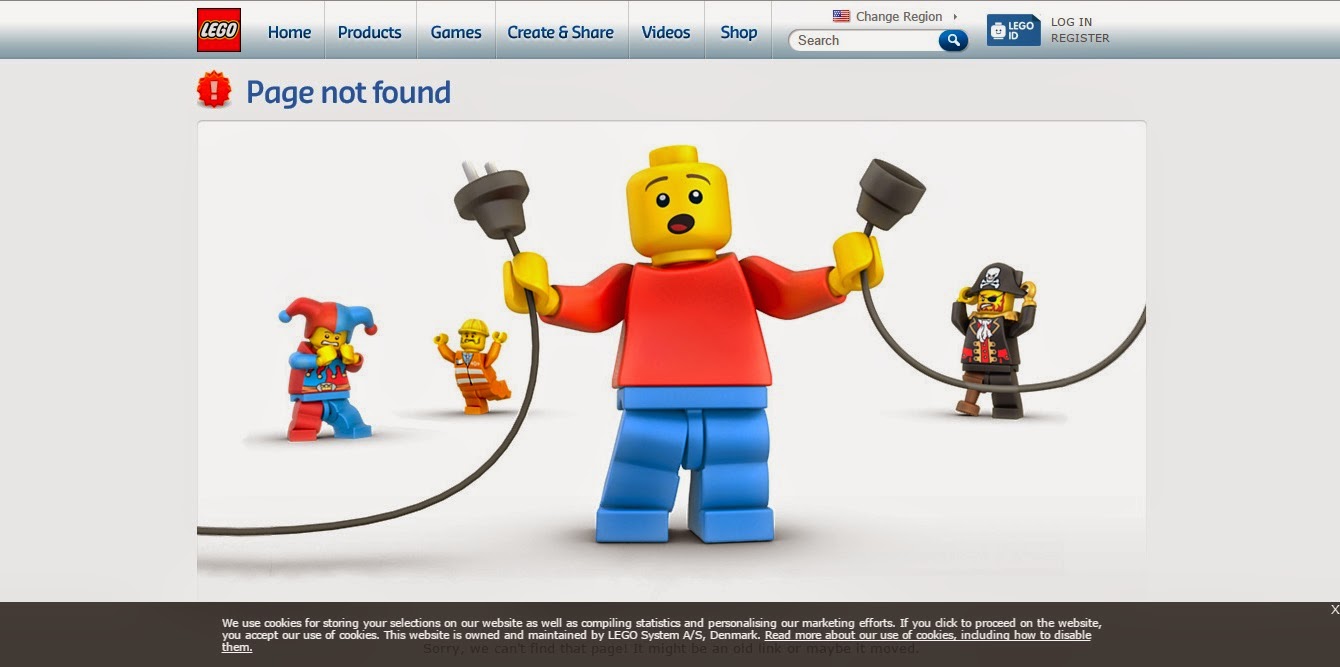
Creative 404 error page.
Example 2:
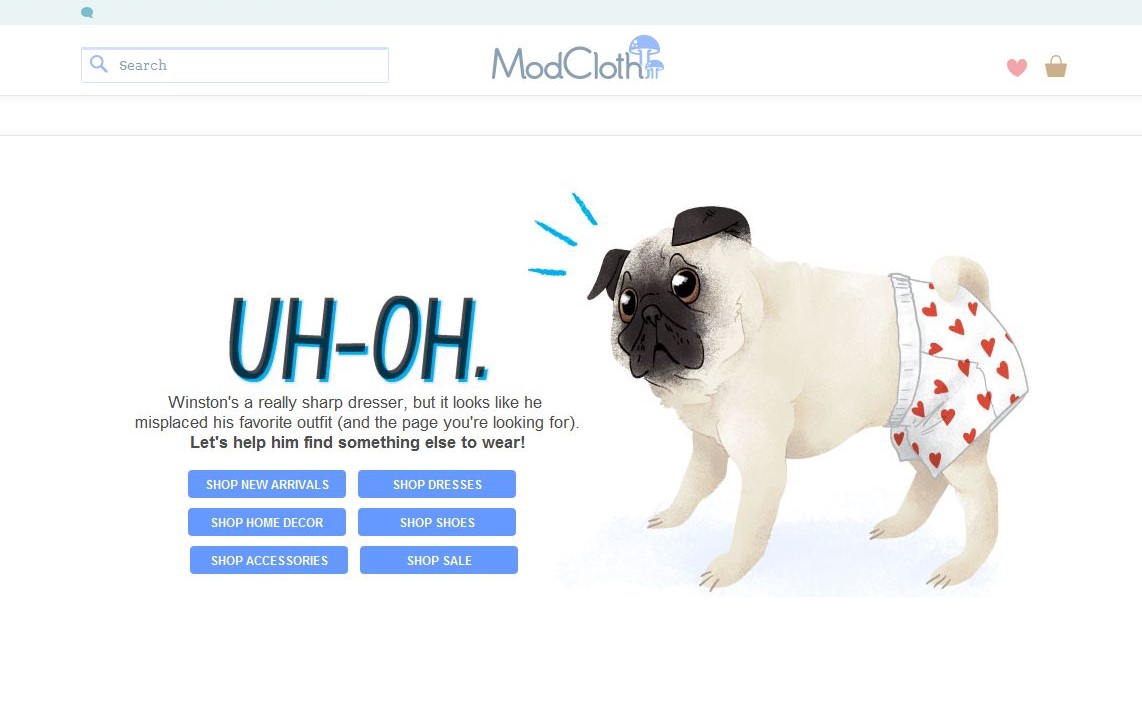
This is how a 404 error page may look like.
So if you’re running your own website, it is recommended that you perform such maintenance check periodically in order to ensure the quality of your site and to prevent such 404 errors from affecting your SEO efforts.
Below are some simple troubleshooting tips if such problem arise:
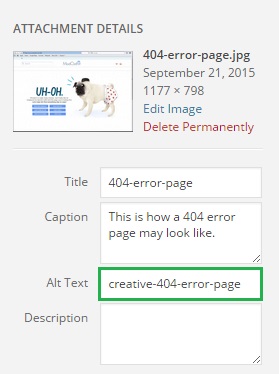
Make sure you use a relevant ALT text to describe your image.
The Alt Text refers to the description you use to describe an image just in case if someone has visual impairment, he/she will be able to know what that image is all about while listening to the screen readers. Besides, it is also another way of helping the search engines to know what is the image about. If properly implemented, it will help search engines to return your image according to the relevant search queries.
Tips on writing a strong alt text:
The anchor text refers to the hyperlink used within a website. You’ll usually find anchor text to appear in dark blue and to be underlined for easy identification.

It is always advisable to use proper anchor texts to link to other pages because it will tell Google what that particular page is all about.
Basically, there are five types of anchor texts. Let’s look at some of the good and bad examples of an anchor text.

You need to earn your backlinks.
Backlinks refer to links that are directly pointing back to your website. Having more backlinks indicate the popularity and the importance of your website to the visitors. Since backlinks have been fully abused by many unethical SEO marketers back then, it is no surprise that Google is putting less emphasis on link building anymore.
So, does that mean that backlinks are not important anymore?
Well, not entirely true. Backlinks are still indeed very important to a website but what Google is suggesting is that, instead of building those links unnaturally, you need to earn those incoming links naturally. Having said that, the only way you can do so is by producing good quality content that is more likely to receive more shares and tweets from your visitors.

Black hat is the name provided to tactics used by websites to boost their search engine ranking in an artificial and unethical way. Some of the more common black hat tactics include:
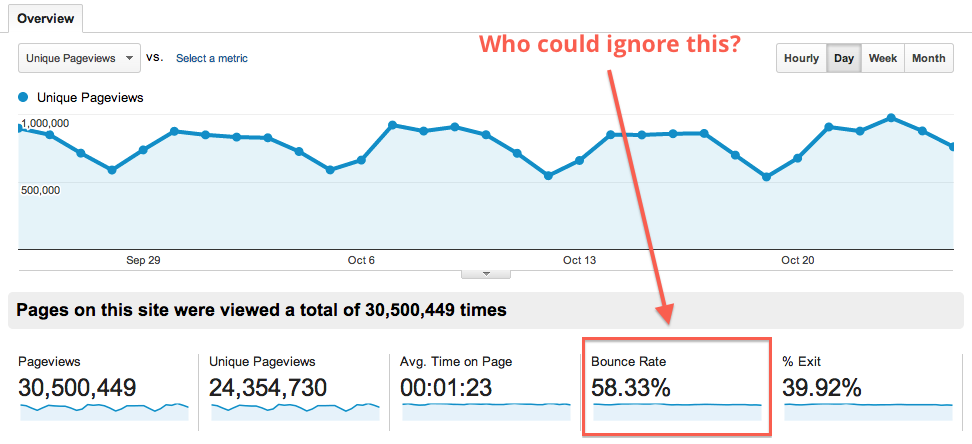
The bounce rate is the term used to measure the number of visitors that leave your website immediately after viewing only a single page. A high bounce rate is bad as it usually indicates that your content is poor or of no interest to the visitor, or that there is something technically wrong with your site that is hurting the user experience.
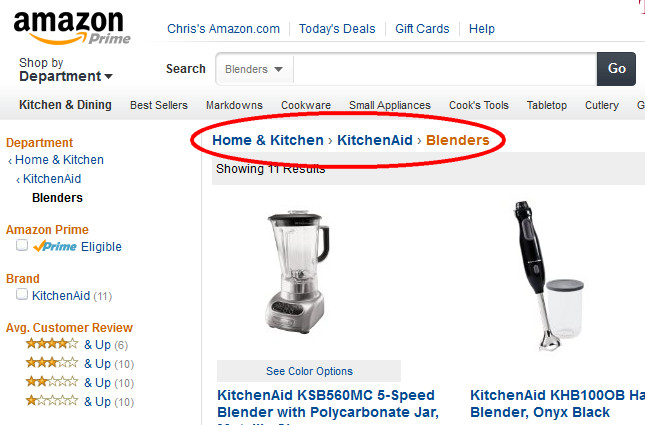
This is how breadcrumb looks like.
Breadcrumbs are used to help improve the user experience of your website by providing navigational cues. Basically, the presence of breadcrumbs makes it easier for visitors to understand where they are and makes it easy for them to navigate both forwards and backwards through your site.
There are several different types of breadcrumbs, including location-based breadcrumbs, which give visitors an idea of where the current page they are on is located in regards to the entire site’s structure, and path-based breadcrumbs, which help show visitors how they got to the page they are currently on from the first page they visited.
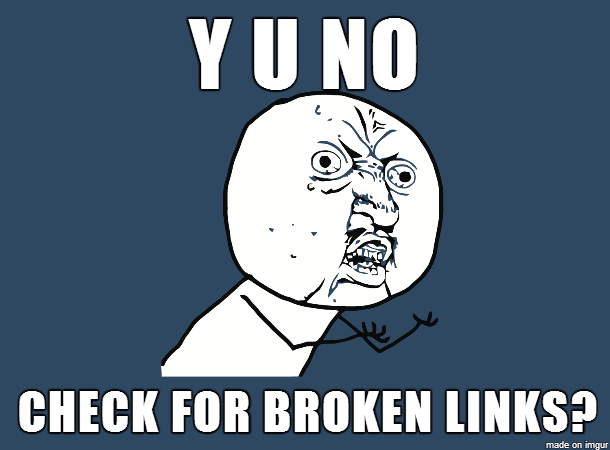
Broken links are links that are no longer working. This can happen for a number of reasons – the page you’re linking to may no longer exist, the page may have moved to a different address (without using a 301 or 302 Redirect) or there may simply be an error in the page’s source code.
Since these links are unhealthy for any website, so it must be solved and be pointed back to the right URL. While there are many tools out there that provide a solution to fix these broken links, there is one more powerful option that I’d like to share today.
That is BiQ!
Besides being able to find and fix all broken links, there are other benefits when using BiQ’s link intelligence namely:
Head over to BiQ and enjoy all these features to reach maximum SEO efficiency starting today!
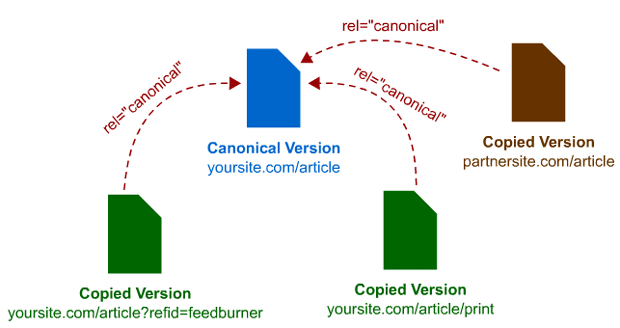
Often times, duplicate content may appears on a website and it can be accessed through multiple URLs. In other words, two exact same content page appears appear differently at different section and this usually occur to e-commerce website, where you can land on the same product but through different URLs.
So in this case, search engines wouldn’t know which one they should choose to show when someone searches for your page, right. And it creates a confusion to the search engines and they’re forced to make a wild guess. So when you choose to use a canonical tag (rel=”canonical” tag) on that page, you’re telling search engines that particular (the chosen URL) is the official page that they should index and pass all the link juice to it.
If you are interested to find out more about canonical links, you can the articles here: What Are Canonical Links And Why You Should Canonicalize Your URL

Source: Moz
The acronym NAP stands for Name, Address, Phone Number. This citation is extremely important because it is considered one of the major ranking factors for local ranking. Therefore, if you’re running your very own local business, it is very crucial to ensure that you have such NAP consistency across all listing directories. This is a good sign of telling search engines that your business listing is legitimate and hence this will actually improve on your local ranking.
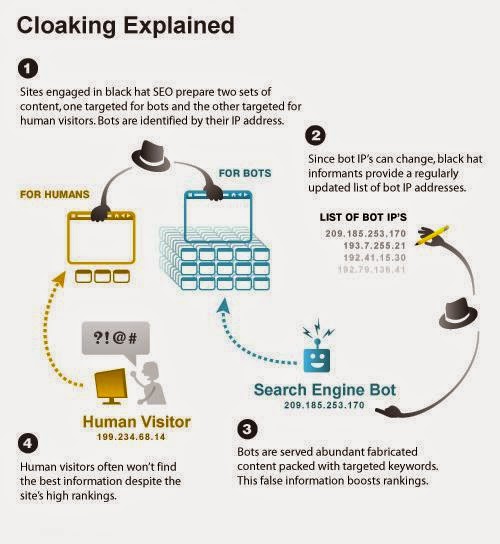
Cloaking is a popular black hat strategy where it is used to trick the search engine crawlers and the users by showing different version of content to the both of them. This was formerly used by many unethical marketers or site owners in order to get more traffic to their other money making websites such as pornographic or gambling websites.
However, there is one good example that can relate to this is that way back in 2006, when a car manufacturer BMW ‘s website was totally taken down entirely by Google. This is because Google found out that the SEO firm that was employed by BMW was using such technique to manipulate on the searches. A BMW spokesman apologizes for such inappropriate act and 3 days later their website was back to normal.
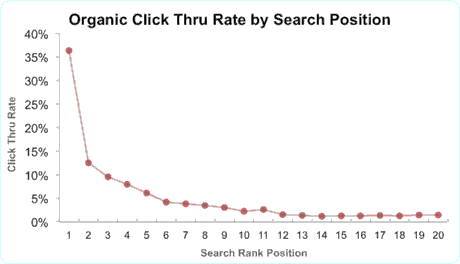
Higher ranking tends to get higher click-through rate.
Click-through rate refers to the number of users who click on a particular link to view a page, email or an advertisement. Although it is commonly used to measure the success of an advertising campaign, it can also be used to measure the effectiveness of the email campaigns as well as the organic click-through rate of a page. Anyway, it is often said that writing a compelling headline and a well-crafted meta description is a great way of improving your organic click-through rate (assuming you are already ranking on the first page of Google). As you can see from the chart above, higher ranking tends to get higher click-through rate. So it is recommended if you can try to rank within the top five by targeting some long-tail keyword.
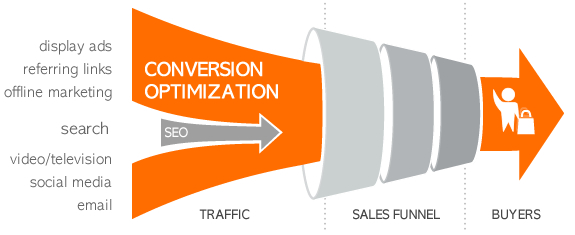
The conversion rate refers to the percentage of visitors who visited your website and later turn into customers by performing a certain action (such as filling out a contact form or subscribing to a newsletter). CRO involves strategies to boost your conversion rate and the three main factors that are affecting this conversion rate are:
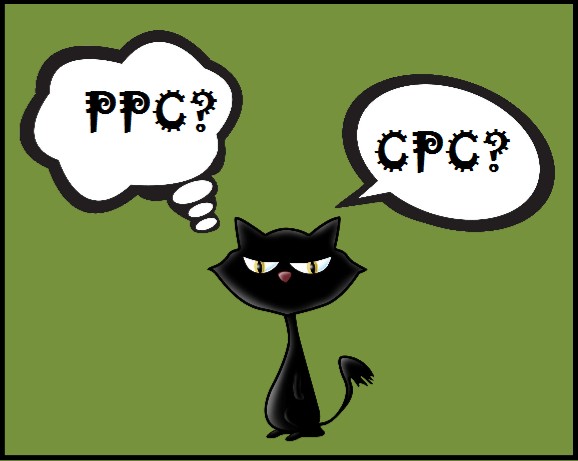
The CPC refers to the price you pay for every click on an ad that your receive. The reason you’re looking into this is because you need to know whether the price you pay is worth the kind of quality your traffic brings to your blog or website. Since ROI is an important factor for every business, it is always advisable to keep track on how to lower down the cost per click while maintaining the quality of your incoming traffic for every marketing campaigns that you’re running.
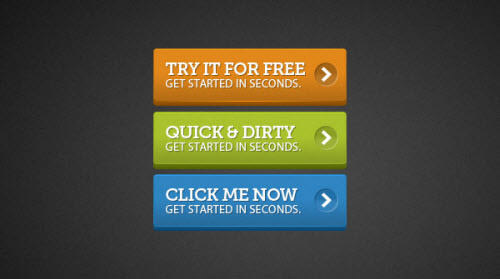
The CTA is created with the use of text or buttons. It is used to encourage your visitors to perform a desired action, such as downloading an eBook, contacting your business or subscribing to your email list – to name a few options.
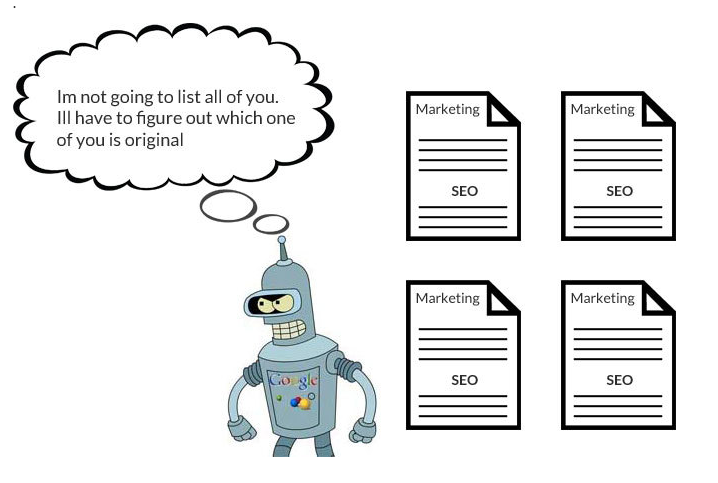
Basically, duplicate content refers to content that appears on more than one places on the web and can be accessed through multiple URLs. Google doesn’t like it when the same content is posted more than once because it makes it difficult to determine what source to suggest to the search query. So in that case, they’re forced to choose either one of it and to show it to the searcher. Having duplicate content can also result in ranking penalties since Google frowns upon it’s use.
The dwell time refers to the amount of time that a visitor spends on your page before returning to the SERPS. In simple theory, the longer the dwell time the better it is because it tells Google that the visitor is somehow finding your content to be relevant to what his or her is searching for in the first place.
This is when the domain name of your website matches exactly the same as the search query. For example, if you’re trying to rank for the term “energy efficient appliances,” then the EMD would be www.energyefficientappliances.com.
Anyway, it is not one of a highly recommended way of getting your website to rank high on the first page of Google because this approach also is seen as a way of manipulating the search results. But to a certain extent, it is not entirely true, because there are some of these exact match domains are doing quite well and are considered high quality sites to users.
Let’s look at these examples.
Example 1: Coupons.com.
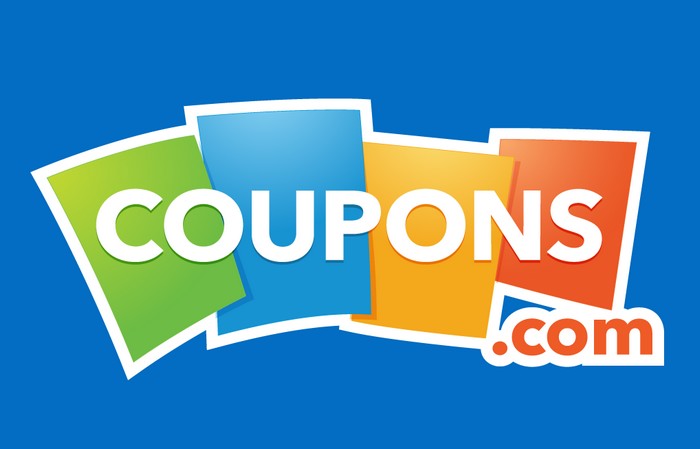
Example 2: Diapers.com.

Growth hacking is a form of marketing that differs from traditional marketing in its use of low-cost advertising alternatives, products that customers actually want to buy and sales funnels that are clearly defined at each step. Growth hacking is completely driven by data – everything is measured based on provable results.

Related article:
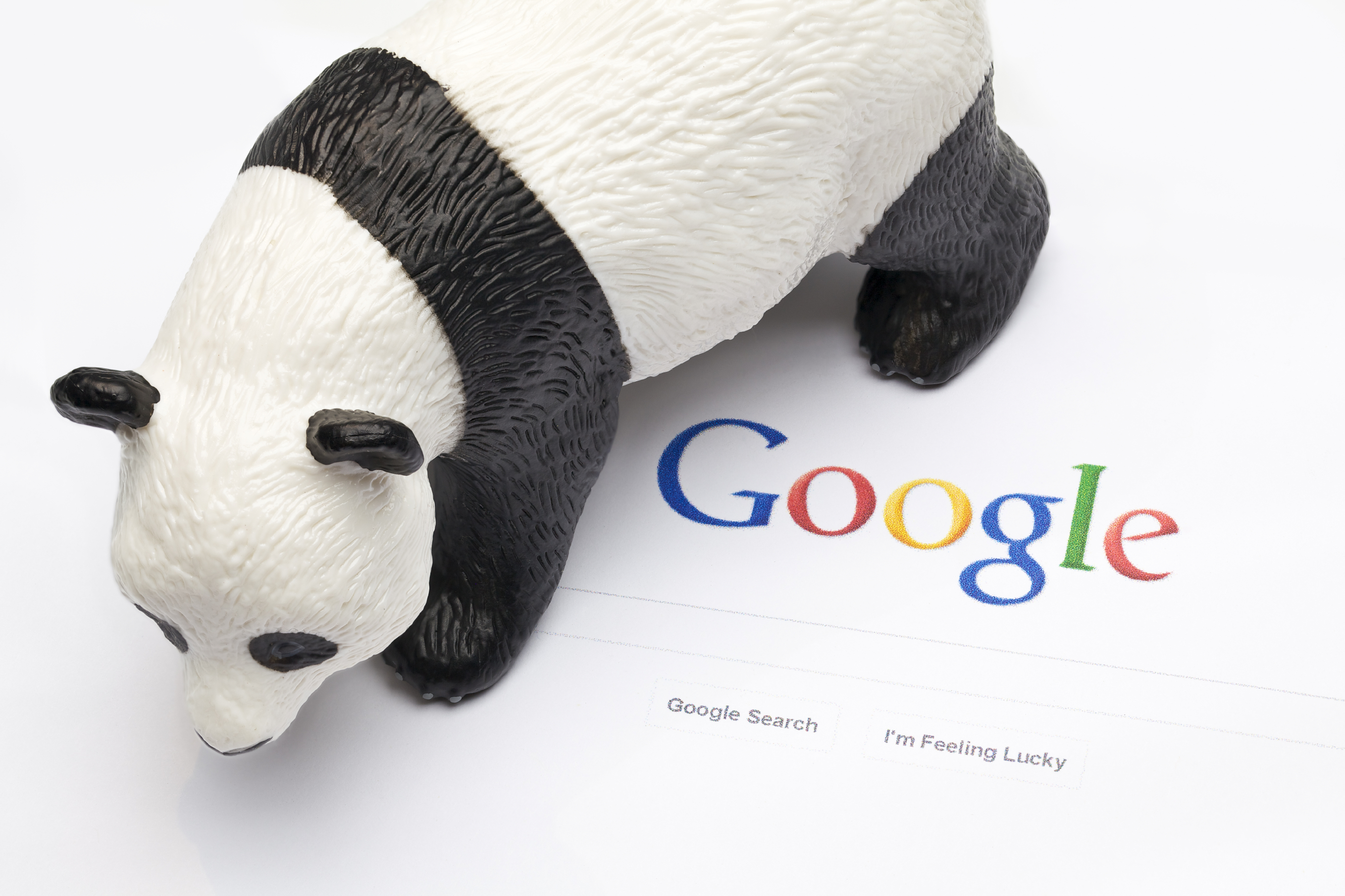
Google Panda was a major algorithm update that was introduced in February 2011. The purpose of this update is to lower down the rankings of thin and low-quality websites while increasing the ranking of websites that were relevant and of high quality. Keep in mind that people generally want good quality content and that is useful to them. So it is always good to know what are some of the best SEO practices that are extracted from the search engine guidelines such as based on the Google Patents guidelines.
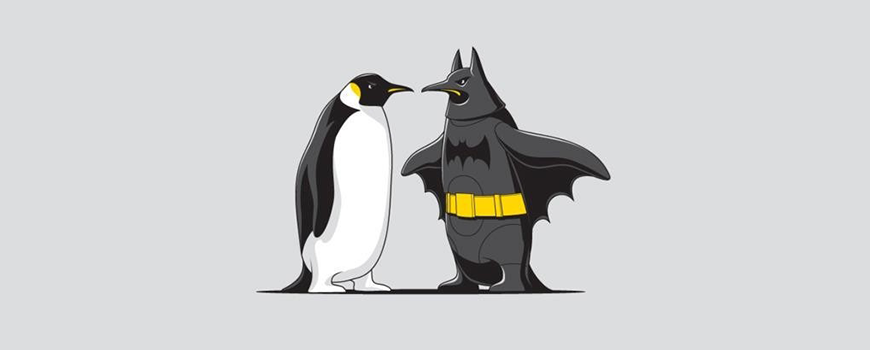
Google Penguin was an algorithm update released in April 2012 that allowed Google and the main purpose of such updates is to track down those who are using black hat techniques to build unnatural links such as link farming and other inappropriate used of anchor text strategy to manipulate the search engine result pages.
Below are some of the tips to avoid getting penalized by Google Penguin penalty:
At the end of the day, just make sure you use legitimate ways to earn your backlinks such as doing guest posting on other people’s blog and producing good quality content that people are more likely to share it with their friends and peers. If people like what you wrote, it is more likely that they will point a link back to you. And this is the kind of backlink you should be earning for.

Google Hummingbird was a more comprehensive algorithm update released in 2013 which focuses more on understanding the meaning and intention behind every words in the search query. In other words, instead of just returning the exact keyword matches of what the user type, hummingbird focuses more on the search precision by understanding what the user really means.
Keyword density refers to how often a specific keyword is used in any given content. If the keyword density is too high, then Google may tag the content as having been affected by keyword stuffing. However, there is always a smarter way of achieving the optimal keyword density without having to look too spammy. Check out the article below to see how you can achieve that with proper guidelines and placement tips.
Related article:
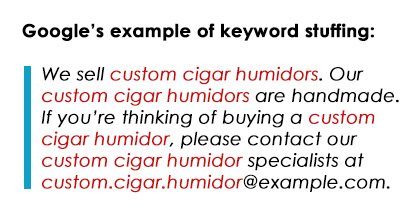
Keyword stuffing is a black hat tactic in which a specific keyword is used more than is appropriate within any given content. The keyword may not even be relevant to the content or could diminish its overall quality due to its overuse, which is why Google frowns upon the practice. In 2011, Google has released the Google Panda updates and these updates are used to discourage the continuous abuse of using the black hat tactics and one of it is to solve this keyword stuffing issue.
*Bonus: To avoid keyword stuffing from occuring, you’ll need to have related keywords sprinked in your content. The best way to do so is a fast and efficient method using the Livekeyword extension.
It shows keyword suggestions together with their search volume, cost-per-click, and competition, all for free!
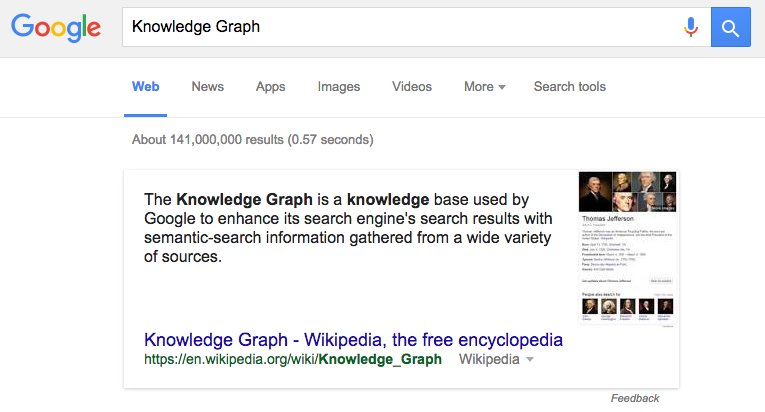
A knowledge graph is the box of information that often comes up above the search results on Google’s search page. Knowledge graphs can be an incredibly effective way to increase your brand’s exposure as well as to attract more local business.
Related article:
The PageRank is the overall ranking that Google used to rate the importance of your website based on the number and quality of links a page has on your website. The purpose of this is to list the most important web pages to the least important ones. So in other words, if a web page has lots of links from a high PageRank site, then your page will eventually be given a higher ranking.
LSI keywords are keywords that help to provide additional context to your main keywords. For example, if you write a piece of content on apples, then LSI keywords could include “orchards” or “farms.” LSI keywords should be used within the same paragraph and are often long-tail keywords as well. Using the same example, Google now has context for your “apple” keyword so that it doesn’t confuse it with search queries for “Apple computers.”
If you’re interested to know how you can generate more of these LSI keywords, you can check out this LSI Keyword Generator.
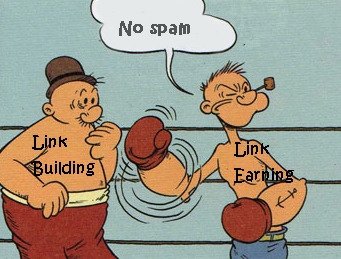
Link earning is the strategy of earning inbound links in an organic way by sharing content on social media and working to promote it and gain more exposure for it. This is different from link building, which can involve black hat tactics like link farming in order to build inbound links in an artificial way.
If you are interested to know more about the difference between link building and link earning, you can read it from one of our blog post “6 Valuable Lessons To Avoid Google Penalty”
A link farm is a website that plants and harvests inbound links to other websites. They do this only to provide inbound links and increase search engine rankings, which means the links are usually not relevant and of low quality. Link farming is considered a black hat technique.
This refers to the number of backlinks (incoming links) that your website has. The more backlinks you have, the more popular your website is considered to be. As I’ve mentioned earlier, building backlinks through link farming and reciprocal link are definitely going to get your site to be penalized by Google.
So it is always recommended to earn those backlinks through genuine guest posting and to produce high-quality content that will get more people to point back to your site. The more links you get the more popular your website is to the eyes of Google.

Meta tags are some HTML codes where you use to describe some aspect about your page’s content. It is the kind of information used by the search engines to index your page. So if someone were to search on a particular topic that’s relevant and matches to what you’ve written to these meta tag, search engine is more likely to return your page to the audience.
Meta tags include:
[bof_display_offer id=7635]
A nofollow attribute (rel=”nofollow”) can be given to a link in order to tell search engines not to classify the link as a backlink. In other words, the purpose of using the nofollow tag is to avoid people getting credit from your site from doing comment spamming, for example: “Visit my website here.”
That’s why there are lots of websites out there do have a nofollow tag for all their comments. Although nofollow links don’t help improve your ranking, they can still help to bring in traffic to your site and can give search engines the appearance of a more natural link building structure.

On-page optimization refers to everything that you can do directly to your website to improve its search ranking; for example, by using keywords in your meta tags and proper placement of those keywords in your content.

Off-page optimization refers to the things you can do to improve your search ranking outside of your website; for example, participating in online discussion forums in order to earn more backlinks.

A reciprocal linking appears when two sites are linking to each other websites in order to increase traffic for both websites. However, this strategy was once being abused by many people especially friends who tend to link to each other just to get more traffic but neglecting the relevancy of their websites to the users. And since search engines algorithms have become more savvy and sophisticated, these links are turned into bad links that can harm the website rankings. Although, many have seen to slow down on using this strategy but there are some who are still practicing this strategy especially some business partners who share the same ideal target market.
Robots.txt refers to the instruction given to the search engine crawlers such as spiders as to how they should crawl and index pages on your websites. The first thing when the user agent (search engines) arrive at your website, they will not crawl your entire website. They will search your main directory to see if you have a robots.txt file, say for example, (http:yourdomain.com/robots.txt), if they can’t search for this file they will index whatever pages that’s on your website.
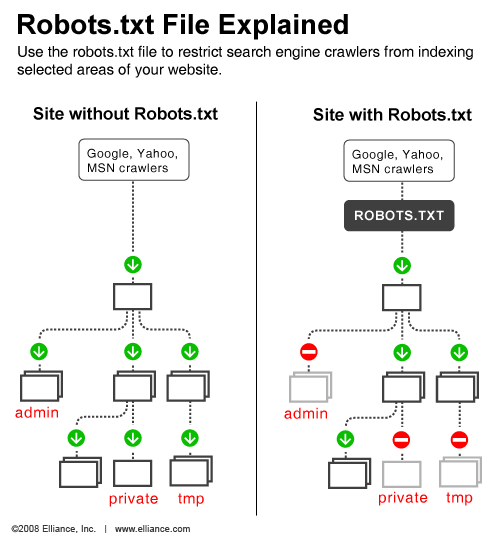
Say if Google bot they found your robots.txt file, very likely they will follow your instruction and not to index your file. However, you need to know that not all bots are the same and there is no guarantee that they will abide by these rules. So if you really have some private information on your site, it is always advisable to use a password to protect your file. If you need further reading on this topic, you can proceed to this beginner’s guide.

The sandbox is the name given to the separate index Google uses to place all newly discovered websites. These websites remain in the sandbox until Google is able to verify that they are legitimate, after which they will be moved to the regular index.
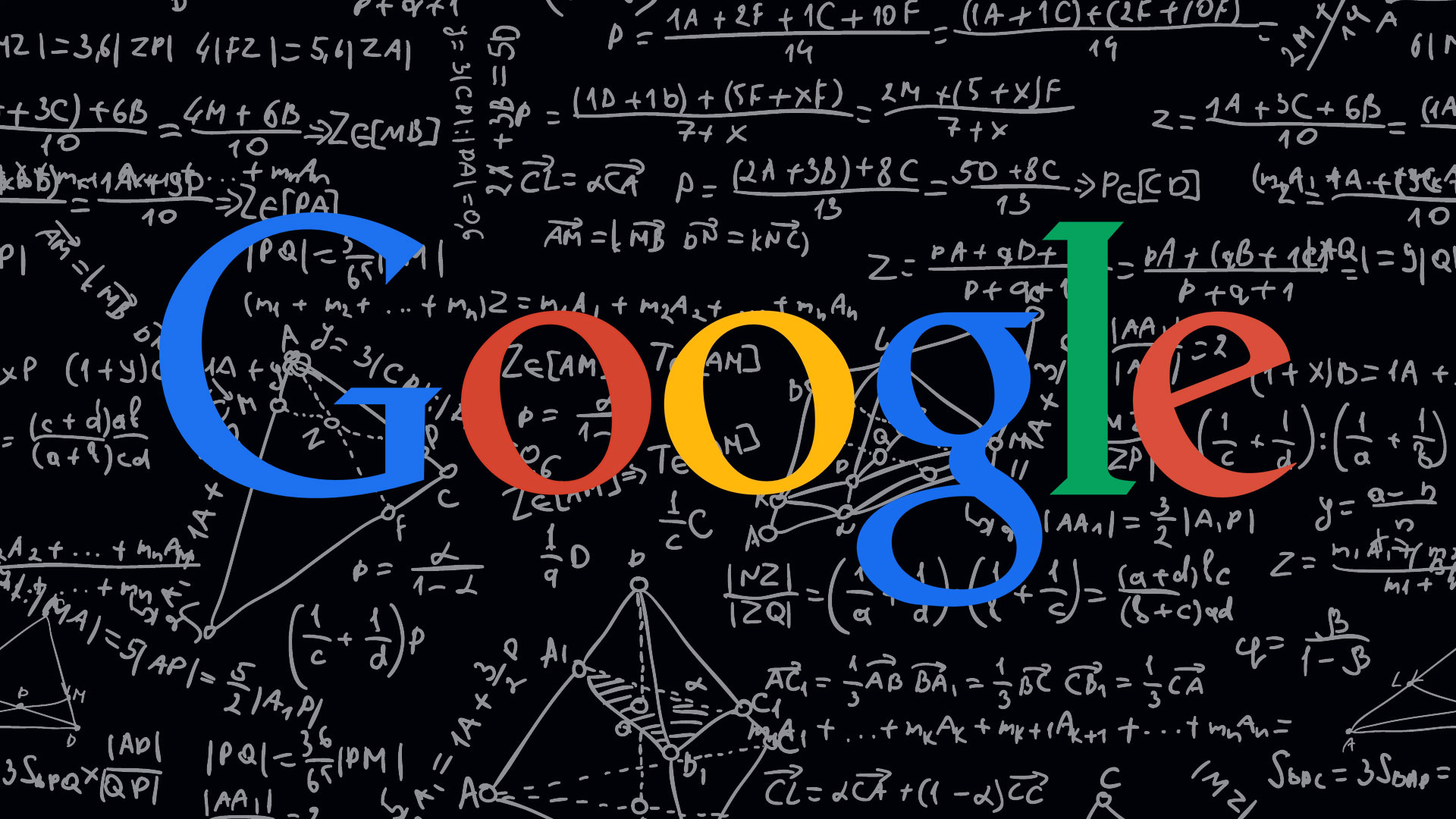
The search algorithm is a mathematical formula that is used to determine the order of results that show up when a user does a search on a search engine. Most search engines will update their algorithm periodically in order to deter misuse.
The results that come up when a user enters a query into the search engine. These results are ranked by relevance and can include text, images, videos and more. Do take note that if there are keywords in your title tag, URL, and meta description that matches to the user search query, it will be shown in bolded text on the on the search result page. Always remember to write enticing title tag in order to improve your click-through rate.
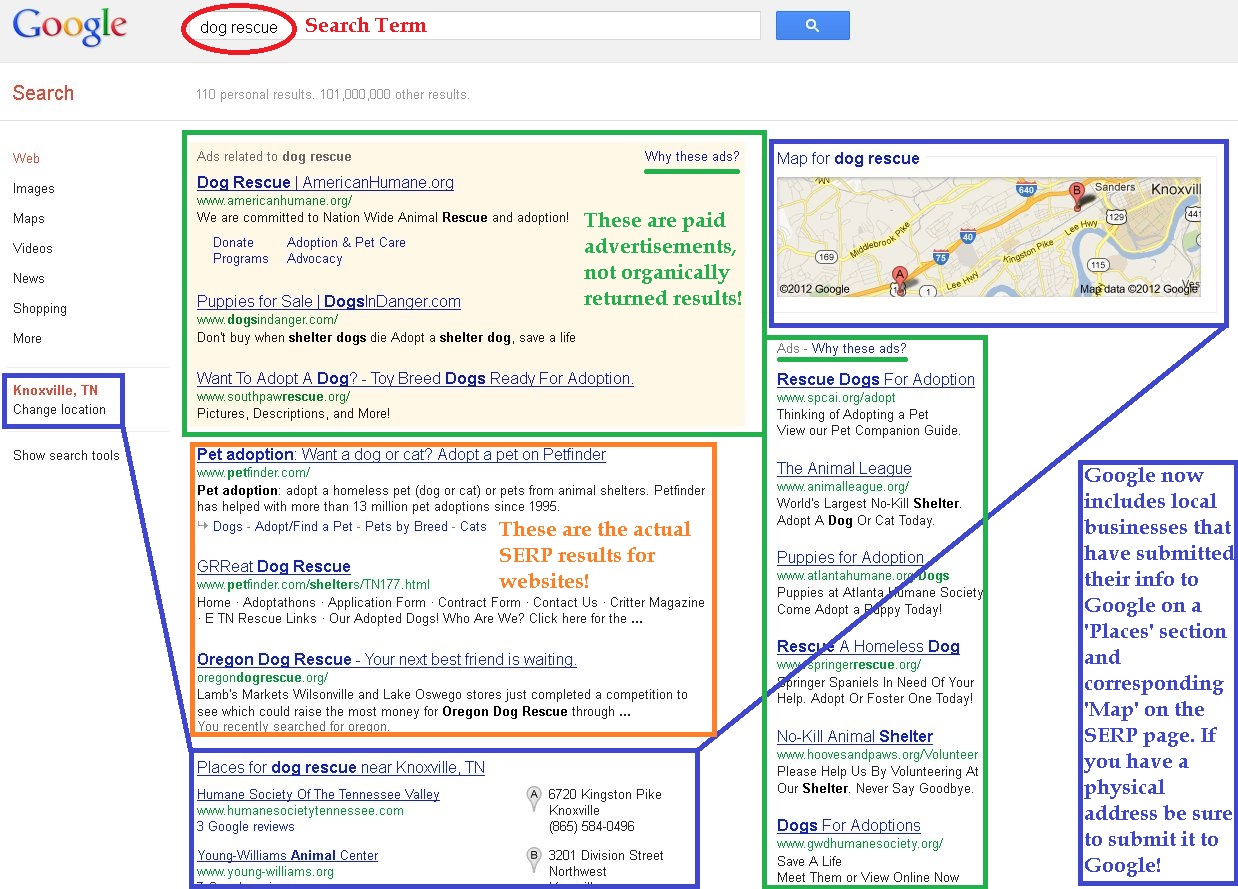
The term that users enter into search engines in order to find what they are looking for. These search terms often contain keywords, which are an essential part of SEO.
SERPs stands for Search Engine Result Pages, which is the page that shows all the results listing after a user perform a search query.
The structured data or schema is a specific code put into your website in order to highlight specific data to make it easier for search engines to identify you. For example, mark ups on logo and address of your business.
Use BiQ’s markup intelligence features to map your site-wide markup profile and discover highly relevant markup opportunities. It’s also important to keep track of your markup health status which can all be done with BiQ.
Technically title tags are called the HTML title elements that describe the topic and relevancy of the page. You can actually right click on a particular page and then click on view page source in order look into the HTML coding. It usually appears at the head section of the HTML source code.
Example of the code sample:
This is how the title tag will look like in Google:
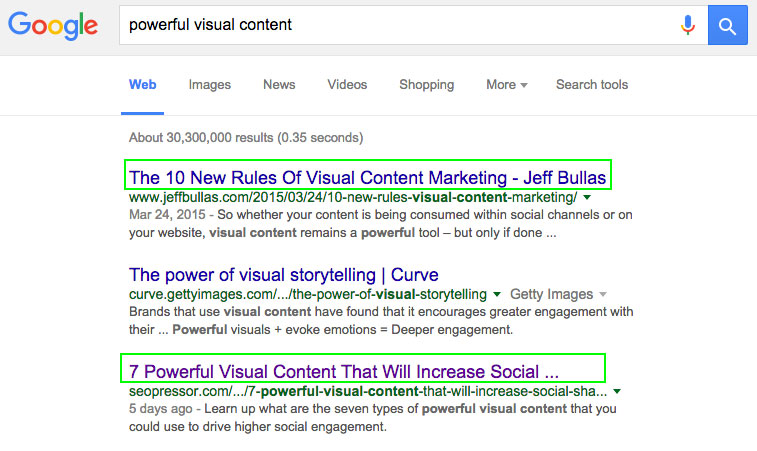
Bear in mind that title tags are still one of the most important on-page SEO factors that tell visitors and search engines what that page is all about and most importantly it is because it is what makes visitors decide whether to click and to read your page when it appears in the search results. So it is always advisable to pick up some of the best practices when writing good title tags.
Related article:
Topical relevance is taken into account when search engines judge the quality of your backlinks. Links that come from webpages with similar content to yours are identified as being more relevant and of higher quality.
Web 2.0 is the term given to the second generation of Internet-based services that are focused on sharing and exchanging information, such as social networking sites, communication tools, wikis and more.
A web crawler is a computer program – often known as a spider or search bot, that browses the web in search of new pages and links to help search engines with indexing.
The website structure is the way a website is setup; for example, how all of your website’s subpages are linked to each other. A good website structure allows web crawlers to navigate through each part of your website with ease.

White Hat SEO refers to strategies that are used to improve the search performance on the SERPs while following Google guidelines. The primary focus of these strategies is to improve on the user engagement by providing good quality content, use keyword-rich meta-tags together with other necessary on-page and off-page optimization techniques.
Well, after going through all these 50 SEO terms, I think you’ll have a better grasp of what SEO is all about and how understanding some of these good and bad practices and help you to leverage on your digital marketing strategies. For those who are interested in doing SEO, it is best to pick up only the ethical ways in order to keep a clean and healthy website so that the business can continue to grow.
Related articles you might like:
Updated: 4 July 2025


Save thousands of dollars (it’s 100x cheaper)

Zero risk of Google penalty (it’s Google-approved)

Boost your rankings (proven by case studies)
Rank High With This Link Strategy
Precise, Simplified, Fast Internal Linking.
